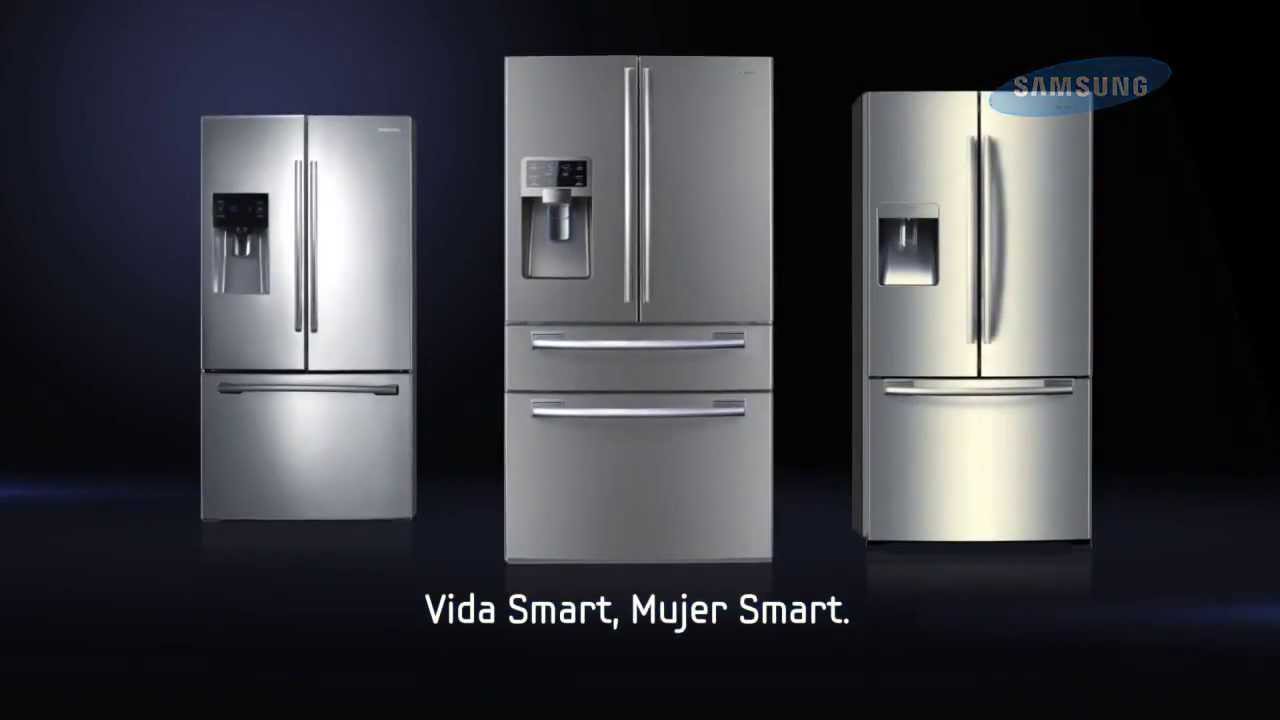

This first panel allows users to change common project options. The target options specify the project’s final build product. Simply Fortran supports three basic target types: executables, shared libraries, and static libraries. The target name specifies the final product of the build process. The target name is generated within the project’s base directory unless a relative path is specified. Selecting this option instructs the compiler to create an executable as its product. Shared Libraryīuilding a shared library will generate a dynamic link library ( DLL) from the project sources. Static LibraryĪ static library, which often ends in the suffixes lib or a, can be compiled into another library or executable.
#Dialogs simply fortran windows#
If the target is an executable and the Windows GUI checkbox is checked, the icon button allow the user to select an icon from an icon file. The icon will be compiled into the resulting target and used as the program’s system menu and taskbar icon. By clicking the button, a file dialog will open allowing the user to select an appropriate icon ending with the. Pressing Cancel in the file dialog will clear any previously selected icon. The icon, once selected, should be displayed in the button itself. Two architectures are available under Simply Fortran, either 32-bit or 64-bit.

#Dialogs simply fortran how to#
How to compile simply fortran windows#īoth are available regardless of the Windows version currently in use, but 64-bit targets will not be executable on 32-bit versions of Windows. The default will match the current platform’s operating system. This option can be used when compiling programs that include a graphical user interface, or GUI. When unselected, a console will be opened every time the program is run. For most Fortran text-mode programs, opening is console is the desired behavior. However, if the program makes use of a GUI, the console may be undesirable. By clicking this checkbox, the compiler will be passed the -mwindows flag, which indicates that the program should not open a console at startup. The launch panel allows the configuration of how the project will be executed from within Simply Fortran. The executable field specifies the command to execute when launching the project. For executable projects, the command is fixed to the project’s target name, as explained above. However, if developing a shared library, the user may wish to launch an executable using this shared library while working within Simply Fortran. Specifying an executable manually allows for this use case. This box provides the user a way to specify arguments that should be passed to the executable when launched. These arguments may be commmand line arguments that the program will process internally. If the user wishes to capture all program output to a text file, for example, the arguments: > output.txtĬould be added to this box.Īlternatively, redirection operators can be used. Working Directoryīy default, Simply Fortran will launch the executable using the project directory (defined as the directory containing the project file) as the working directory. Users can specify alternate working directories using either absolute or relative (to the project directory) paths.

If enabled this checkbox causes the exectable to be launched in a window external to Simply Fortran. This option may not be available on certain systems. When checked, this option causes Simply Fortran to run “Build Project” before launching the executable. This process assures the developer that the project is up to date prior to launching.
#Dialogs simply fortran code#
The code generation panel allows control over optimization and debugging settings. This dropdown provides four different optimization options.


 0 kommentar(er)
0 kommentar(er)
